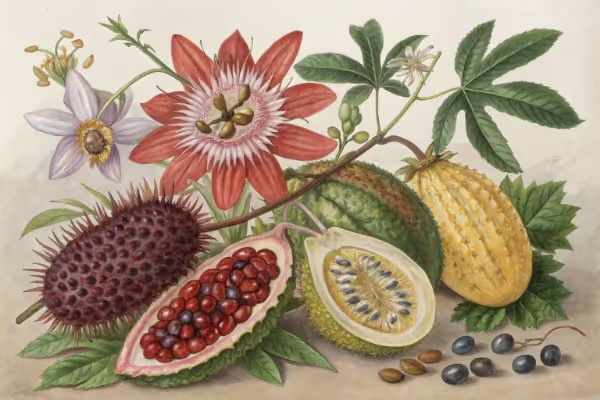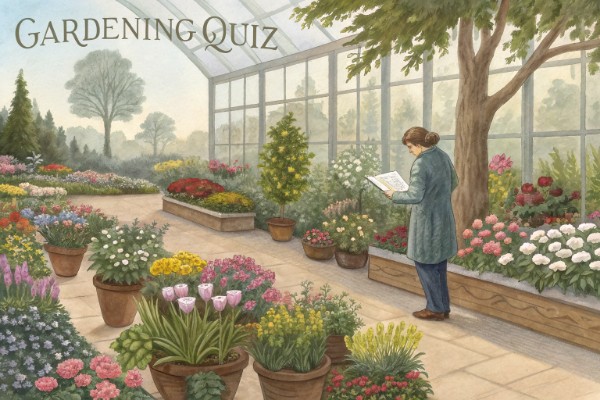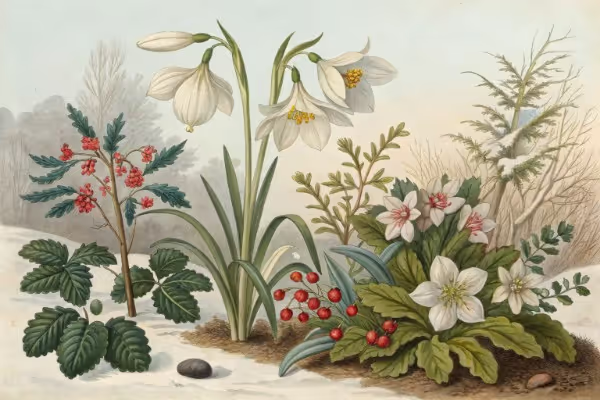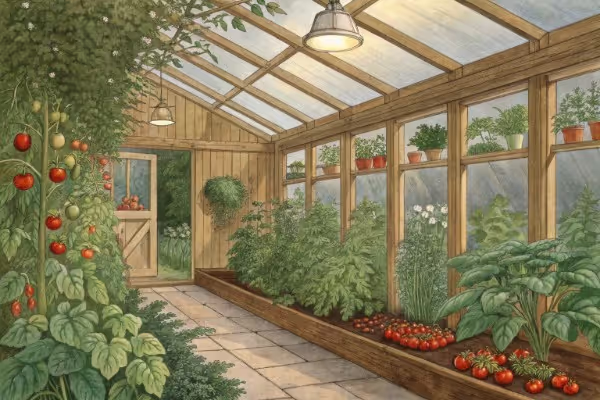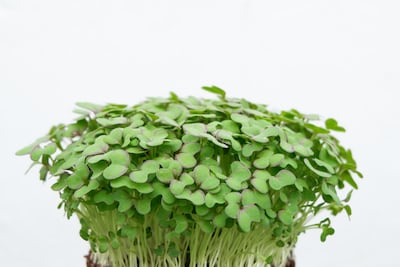North American Plants Perfect for Your Climate Zone
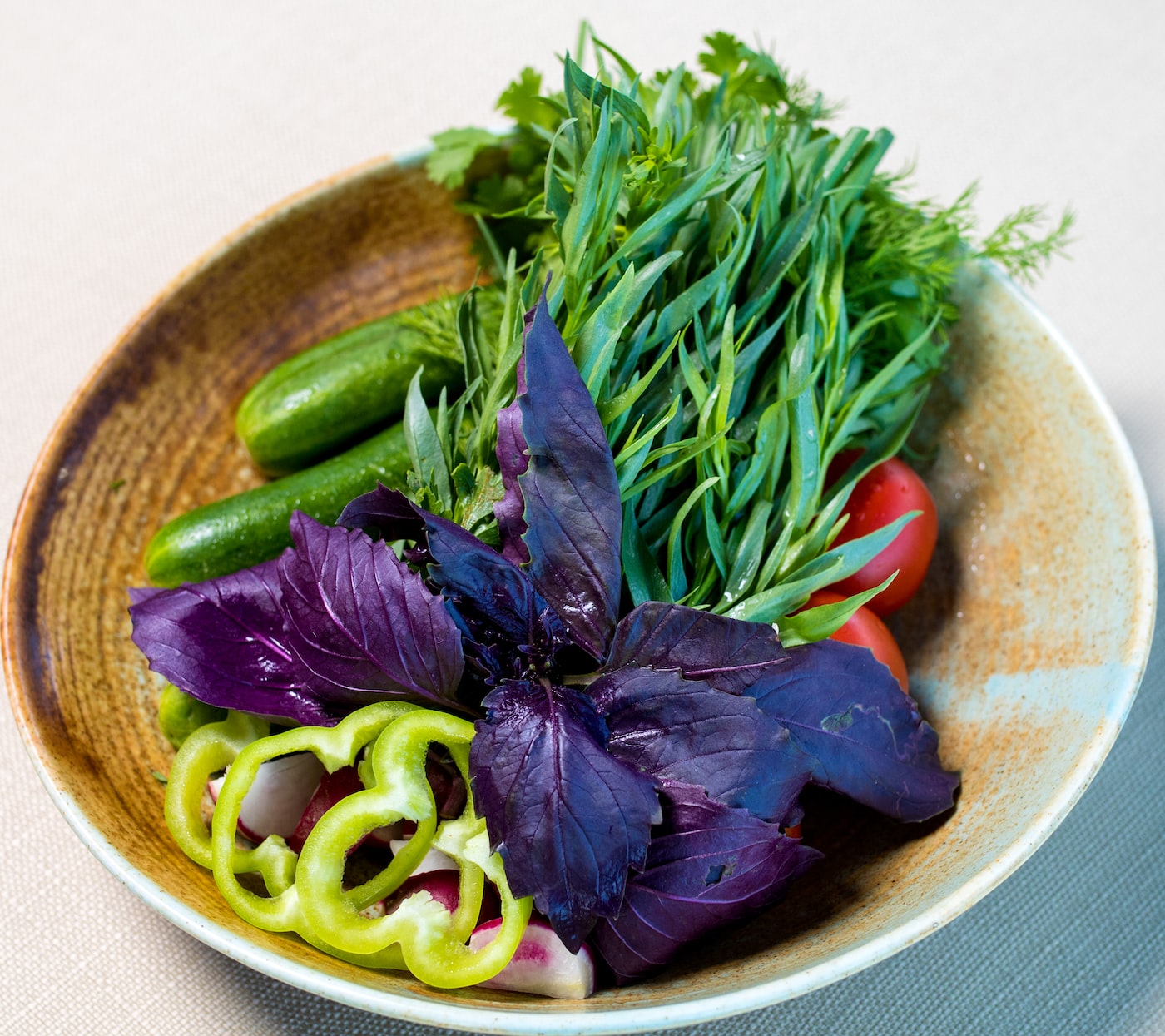
North American Plants
Planting North American Plants suited to your local climate slashes garden maintenance, boosts pollinator visits, and helps protect neighborhood biodiversity. Selecting resilient native species adapted for your planting zone means healthier plants with less watering, fewer pests, and more wildlife visitors. Discover which hardy, elegant, and dependable North American Plants flourish naturally where you live—and spend your weekends relaxing in your garden instead of struggling with it.
Cheatsheet: Native Plants for Every US Climate Zone
🌱 Zone Finder
USDA Hardiness Zones: 1 (coldest, -60°F/-51°C) to 13 (hottest, 65°F/18°C min). Find your zone: usda.gov/plant-hardiness-zone-map
🌾 Best Native Plants by Zone
- Zones 1-3: Balsam Fir, Bearberry, Wild Blueberry
- Zones 4-6: Eastern Redbud, Columbine, Purple Coneflower
- Zones 7-9: Black-eyed Susan, Wax Myrtle, Coral Honeysuckle
- Zones 10-13: Coreopsis, Seaside Goldenrod, Prickly Pear Cactus
🌻 Pollinator Picks
Native flowers boost bee visits by 3x over exotics. Add Milkweed, Goldenrod, Wild Lupine for monarchs and bees.
🍃 Edible & Medicinal Choices
- Wild Blueberry (Zones 2-6): Vitamin-rich, antioxidant powerhouse.
- American Hazelnut (Zones 4-8): Protein, healthy fats, self-sufficiency.
- Elderberry (Zones 3-9): Immune support, culinary uses.
💧 Drought Tolerant Options
- Purple Prairie Clover (Zones 3-8)
- Blanket Flower (Zones 3-10)
- Prickly Pear (Zones 6-13)
🛠 Tools and Products You'll Need
- Mulch (bio-based)
- Compost
- Rain gauge
- Native seed packets
- Hand trowel
- Pruning shears
- Soil test kit
- Drip irrigation (optional)
🌤 Steps for Planting Success
- Identify climate zone (5 min)
- Test soil (10 min, adjust as needed)
- Choose native plants for your zone
- Prep site: weed, loosen soil, add compost (30 min)
- Plant in early spring or fall for root growth
- Mulch to 2 in/5 cm, water deeply but less often
- Monitor for pests, deadhead blooms for longer display
Discovering the Right North American Plants for Your Climate Zone
Years ago, I learned gardening hinges on the subtle art of understanding plant and place. Matching North American plants to their proper climate zones turns gardening from chore to joy.
So let's look at some dependable North American natives, suited to specific regional climates across this vast continent.
Northeast and Midwest (Zones 3-6)
In my early gardening days spent near Lake Michigan, I fell for Wild Columbine (Aquilegia canadensis). Graceful, delicate blossoms attract hummingbirds by the dozen in late spring, withstanding bitter 0°F (-18°C) winters without batting an eye.
- Prairie Coneflower (Ratibida pinnata): Standing tall like a prairie sentinel, thrives in full sun, tolerating temperatures down to -20°F (-29°C). Bees can't resist.
- Blue False Indigo (Baptisia australis): An upright perennial displaying vivid blue-purple blooms, shrugging off cold snaps and midwestern storms alike.
Southern States (Zones 7-9)
Moving to North Carolina taught me to appreciate heat-tolerant beauties like the American Beautyberry (Callicarpa americana). Sprawling shrubs burst forth in fall with clusters of stunning, vivid-purple berries, enduring sticky summers where temperatures soar above 90°F (32°C).
- Butterfly Weed (Asclepias tuberosa): Bright orange flowers pull butterflies closer than my grandma's sweet tea. Thriving in dry, sandy soils, it delights in southern heat and sun.
- Sweetbay Magnolia (Magnolia virginiana): Fragrant, creamy blooms perfume sultry evenings, flourishing happily in swampy, boggy conditions unique to southern states.
"Over 80% of native pollinators prefer native plants." (National Wildlife Federation)
Western States (Zones 4-8)
Strolling along California trails, I've admired resilient species well adapted to western summers. One standout: California Fuchsia (Epilobium canum), exhibiting fiery red tubular flowers beloved by hummingbirds, thriving under relentless summer sun.
- Rocky Mountain Columbine (Aquilegia coerulea): Colorado's state flower dazzles hikers above 10,000 feet (3,048 meters). Its subtle blue-white blooms endure temperatures dropping near 0°F (-18°C).
- Western Redbud (Cercis occidentalis): Small trees bursting into magenta bloom each spring, thriving in rocky or sandy soils typical to California and neighboring states.
Pacific Northwest (Zones 6-9)
My cousin in Portland raves about gardening success stories with moisture-loving natives like the Western Bleeding Heart (Dicentra formosa), its arching stems boasting pink heart-shaped flowers beneath towering firs.
- Red Flowering Currant (Ribes sanguineum): These shrubs, smothered each spring in ruby-red blossoms, handle wet winters gracefully and invite hummingbirds for a garden gathering like no other.
- Oregon Grape (Mahonia aquifolium): Shiny, holly-like leaves paired with cheerful yellow springtime blooms, furnishing food for pollinators and berries for birds.
Understanding what's native and compatible to your climate spells gardening success. So, plant wisely, rooted in the knowledge of local conditions—gardening becomes delightfully straightforward and rewarding.

Want smarter plant choices? 🪴
Frequently Asked Questions About North American Plants
How can I determine which North American plants suit my climate zone?
Begin by verifying your area's USDA plant hardiness zone, then select native North American plants matching that specific zone. Local gardening centers often offer targeted plant recommendations.
When is the ideal planting time for native North American perennials?
Autumn typically provides optimal planting conditions, allowing roots to develop steadily. For northern climates experiencing harsh winters, planting in early spring after frost has passed works best.
Do native North American plants require special soil amendments?
Most native North American plants flourish in soils reflecting their natural habitat. Avoid excessive fertilization and instead enrich your soil with organic compost to support healthy, sustainable growth.
How often and how deeply should I water native plants during hot summers?
Native perennials prefer thorough but infrequent watering. Aim for approximately one inch (2.5 cm) of water per week, provided deeply to encourage extensive root systems that withstand drought.
What are effective strategies to protect North American plants during extreme winter temperatures?
Applying a thick layer of organic mulch, approximately 2–4 inches (5–10 cm), insulates roots against freezing temperatures and moderates soil temperature fluctuations, ensuring plant survival through harsh winters.
Can North American native plants thrive in container gardens?
Yes, many native North American varieties adapt well to container gardening. Select containers with adequate drainage and use a quality potting mix. Monitor soil moisture regularly, as containers dry out more quickly.
Are North American native plants naturally pest-resistant?
Native plants have evolved alongside local pests, often displaying good resistance. However, periodically inspect plants for signs of pests and intervene promptly using eco-friendly methods such as beneficial insects or insecticidal soaps.
How do I prune North American shrubs and perennials effectively?
Prune plants following their natural growth habits, typically after flowering or during dormancy. Remove damaged or crossing branches first, then thin lightly to improve airflow and maintain the plant's form.
North American Plants reward those who pay attention to their climate zone’s quirks. Pick species tuned to your region, and you’ll spend less time wrestling with pests and droughts—and more time enjoying the colors, scents, and flavors that belong right where you live. Native choices also feed pollinators and stitch your garden into the local ecosystem. Want to keep things thriving without spraying every week? Consider growing crops with fewer pesticides or inviting bees with pollinator-friendly plants. Every zone has standouts, so let your garden reflect where you’re planted. In the end, North American Plants bring out the best in your soil, your seasons, and the wildlife around you—no imported drama required.
Health Benefits of Cultivating Native North American Plants
Strengthen Immunity with Elderberry (Sambucus canadensis)
Elderberries offer high amounts of vitamin C and antioxidants that boost immune response and reduce inflammation. Cultivate elderberry shrubs for homemade syrups or teas that soothe colds and flu.
Ease Stress with American Skullcap (Scutellaria lateriflora)
This herb contains flavonoids effective in reducing anxiety and improving sleep quality. Grow skullcap to dry and steep in teas promoting relaxation.
Enhance Nutrient Intake with Serviceberry (Amelanchier alnifolia)
Serviceberries contain notable levels of iron, fiber, and manganese. Incorporate fresh berries into daily diet to improve digestion and energy levels.
Support Respiratory Health with Echinacea (Echinacea purpurea)
Echinacea roots and flowers stimulate respiratory healing. Cultivate this perennial for herbal remedies addressing bronchitis and respiratory infections.
Promote Digestive Wellness with Wild Mint (Mentha canadensis)
Wild mint provides menthol to assist digestion, reduce bloating, and relieve nausea. Harvest leaves regularly to brew digestive-aiding herbal teas.
Encourage Self-Sufficiency and Sustainable Living
- Native plants require minimal watering, cutting water usage by up to 50%.
- Less reliance on fertilizers and pesticides reduces environmental toxins.
- Growing edible and medicinal natives enhances household independence.
Find out which plants will thrive in your garden!
Answer a few fun questions and get custom plant recommendations perfect for your space. Let’s grow something amazing together!

start your season
%2520(3).avif)
